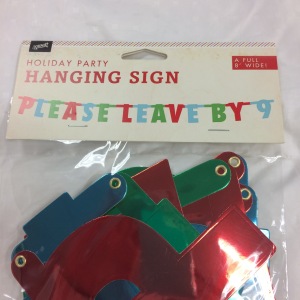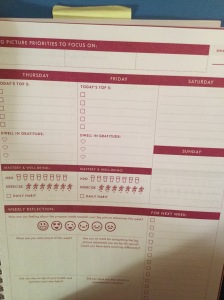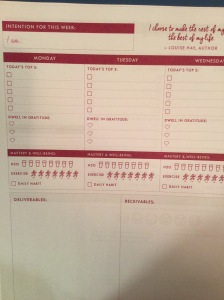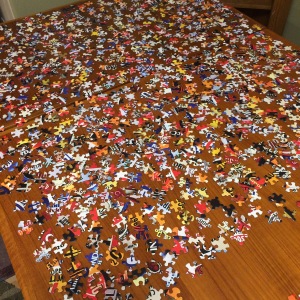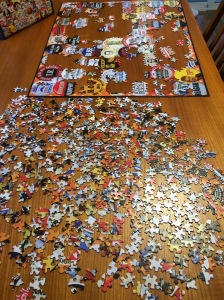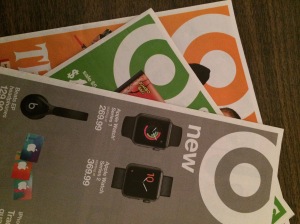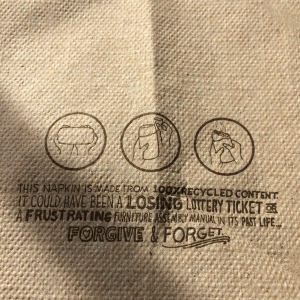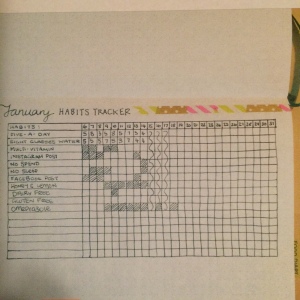Over the weekend, I saw the movie La La Land. The primary character Sebastian (played by Ryan Gosling) is a jazz aficionado, but in a way that plays tribute to Count Basie, Thelonious Monk and the legends from days gone by. He is struggling as to whether to accept a steady gig with his friend Keith who has modernized, even electrified, a new type of jazz music.
"How are you going to be a revolutionary if you're such a traditionalist?" Keith asks Sebastian. "How are you going to save Jazz if no one's listening?"
It reminds me of the discussions we are having in the business class I am teaching. Many of our case studies revolve around whether the CEO has the right vision or is best suited for the company given its current stage in the organization's life cycle. Often the issue boils down to the CEO deciding to become a revolutionary instead of a traditionalist in this moment.
I think we all reach a point in both our personal and organizational lives where we have to wrestle with letting go of the past in order to create the future. You need to "preserve the core" as Collins and Porras* wrote, but "stimulate progress." You need to honor the music and improvisation of the legends, while embracing the rhythms and beats of a modern audience in order to thrive. What kind of jazz will you be playing?
Built to Last by Jim Collins and Jerry I. Porras, 1994


